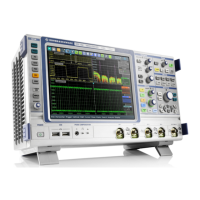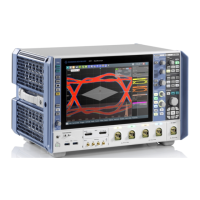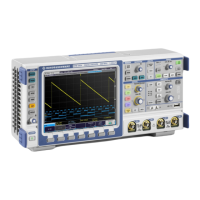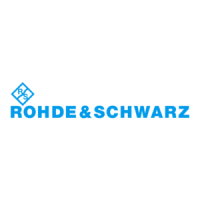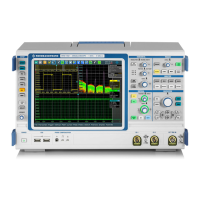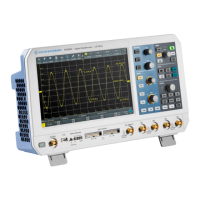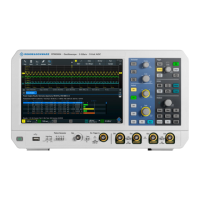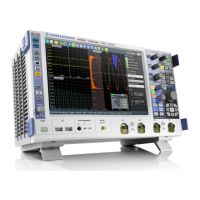Protocol analysis
R&S
®
RTP
849User Manual 1337.9952.02 ─ 12
This chapter describes:
● The USB power delivery protocol..........................................................................849
● USBPD configuration............................................................................................ 850
● USBPD trigger.......................................................................................................853
● USBPD decode results......................................................................................... 856
● Search on decoded USBPD data..........................................................................858
13.20.1 The USB power delivery protocol
The requirements on the USB have changed in the last years with the need of provid-
ing power through the USB port additionally to the data transfer. The USBPD specifica-
tion aims to define standard for optimizing the power usage through the USB for the
needs of the users.
USBPD characteristics
Main characteristics of USBPD are:
●
Power direction is not fixed
●
Negotiation of required power amount between devices
●
Alternate modes can be defined through vendor defined messages, which allows
for USB connector pins to be used for purposes other than USB
Message types
In the USBPD protocol, a power delivery connection can be made between a port that
supplies power (source) and a port that consumes power (sink). They communicate
with each other through messages. The USBPD specification defines three message
types:
●
Control messages: 16-bit messages used to control the messages between the
port partners or transfer messages with no extra data. A control message consists
of a message header and a CRC.
●
Data messages: 48 bit to 240 bit messages used to transfer information between
port partners. A data message consists of a message header and several data
objects. The information that a data object carries is defined by the message type
of the message header, see Table 13-38.
●
Extended messages: can have a different length up to the defined maximum length
of an extended message. It is used to transfer information between port partners.
The information that the extended message carries is defined by the message type
of the message header, see Table 13-38.
Frame packet types
All frame types are listed below. The frames listed above consist of individual sets of
fields. Some frames only contain one field, others are much longer.
The frame types are sorted according to the message type.
USBPD (option R&S
RTP-K63)
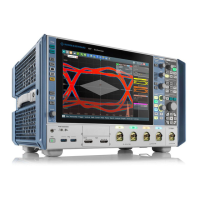
